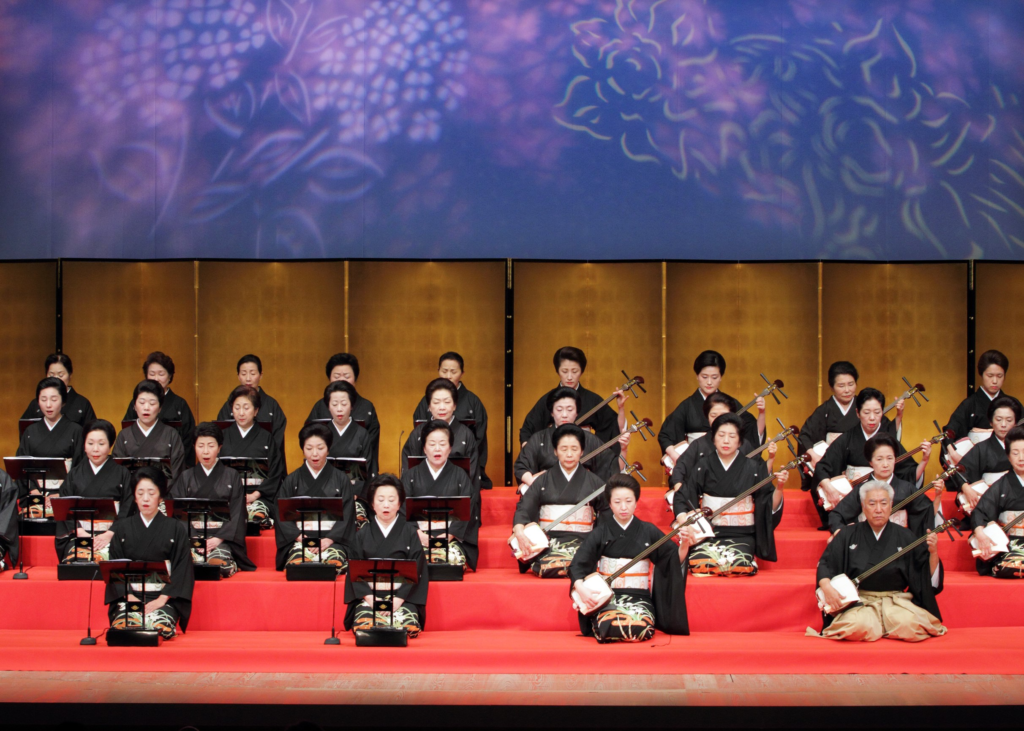History of Yamatogaku
Primary stage[1933~around 1965]
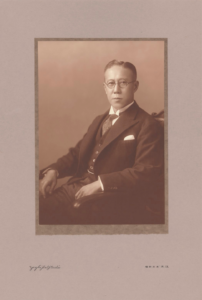
It was the time of the emergence and growth of Yamatogaku. At the time of its founding, many music pieces for enjoyment were born with Western musicians such as Ikuma Dan, Yoshie Fujiwara, and Nobuko Hara, led by Kishichiro Okura (Chosho) and Kimi Kishigami.
Eventually, Koizaburo Nishikawa, Kikunojo Onoe, Tokuho Azuma, and others began to feature great Japanese music, strengthening the connection with the dance world. The lyricists included such eminent figures as Mikihiko Nagata, Rinpu Sasagawa, Yasao Saijo, Shigure Hasegawa, and Hakushu Kitahara. Kimi Kishigami, with a stunning voice and musical talent, and Juro Miyagawa (Eijuro Kiyomoto), who played the shamisen, were active in composition.
Also, Reiko Mishima, an outstanding singer under Sakichi Kineya, was invited to complete the structure of Yamatogaku.
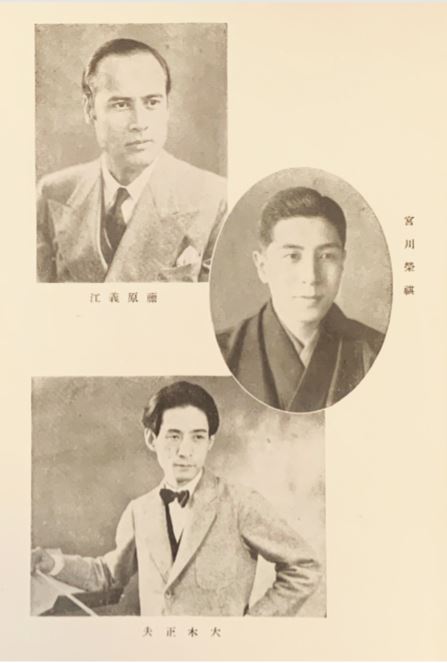
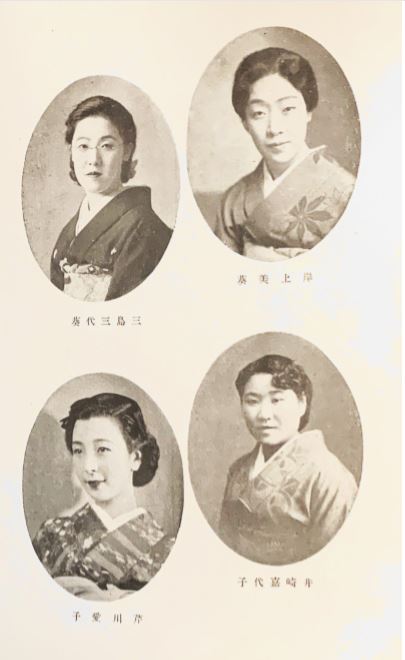
The second stage[around 1965~1969]
When the three founding members, Okura, Kishigami, and Miyagawa, passed away one after another, vocalist Reiko Mishima had to struggle alone. Although several works were produced, it was a painful period for Yamatogaku because of the absence of a lead shamisen partner.
Umekichi Kiyomoto and Eisaburo Kiyomoto also took part in the group from time to time, but there were no substantial activities.
The third stage[1969~1987]
As a result of his composition of “Tsuki-jido” (lyrics by Yoshiyuki Komai), Isoshichi Yoshimura (later known as Hisamitsu Yamato), who was a master of the shamisen, was invited to play the lead shamisen in the Yamatogaku.
In 1969, Yamato-ryu was revived to manage the school. In 1976, Reiko Mishima became the first head of the school under the name of Miyoki Yamato. With the participation of Hisamitsu Yamato as the president and veteran members such as Michiyo Yamato and Shu Yamato as the directors, the Yamatogaku formation was finally established.
Hisamitsu Yamato released records, cassette tapes, and CDs from Columbia Records, his exclusive label, which led to the nationwide spread of Yamatogaku. It was actively featured in dance performances
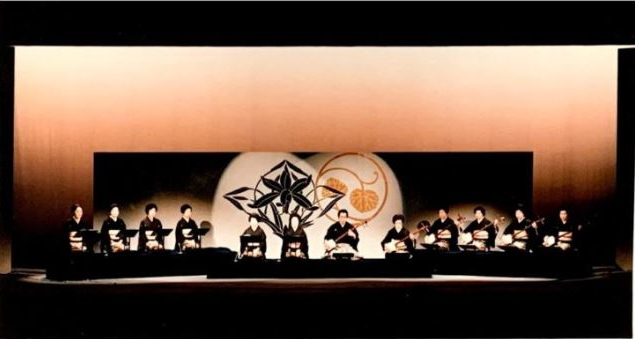
第四期[1987~2012]
Hisamitsu Yamato became the second head, and Michiyo Yamato, Reiko Yamato, and Sakyo Yamato became active as the leading singers.
It is the most outstanding achievement of Hisamitsu Yamato that Yamatogaku is now established as a genre of Japanese traditional dance along with other classical music. During his life, he left behind more than 700 pieces and produced many notable performances. His works are still a great asset to the Yamatogaku.
Hisamitsu’s eldest daughter, Yamato O-sho, also aspired to perform Yamatogaku and laid the foundation to become the next head by publishing Yamatogaku scores and recording for King Records
image11-300x210.jpeg)
第五期[2012~ Present]
In 2012, O-sho Yamato took over as the third head, which she holds to this day.
Mature singers such as Reiko Yamato and Sakyo Yamato support the young leader. Yamatogaku is striving for succession and development, mainly through dance groups, and is also making efforts to perform overseas and train future generations
